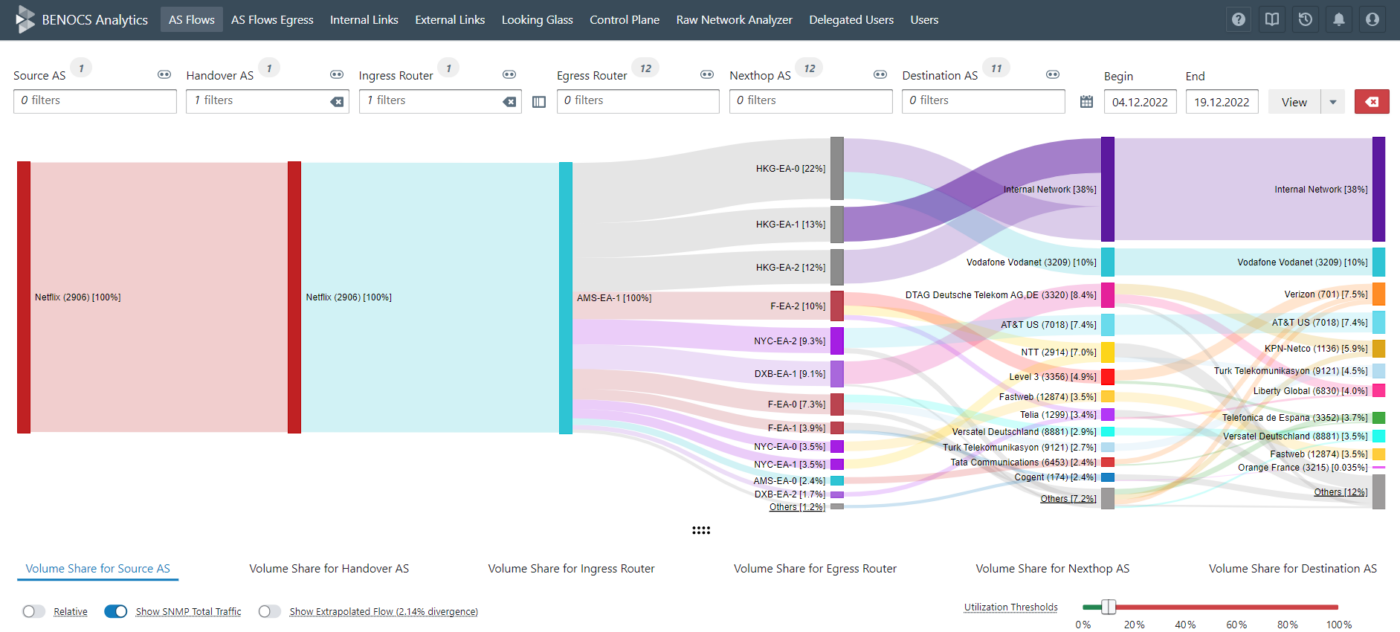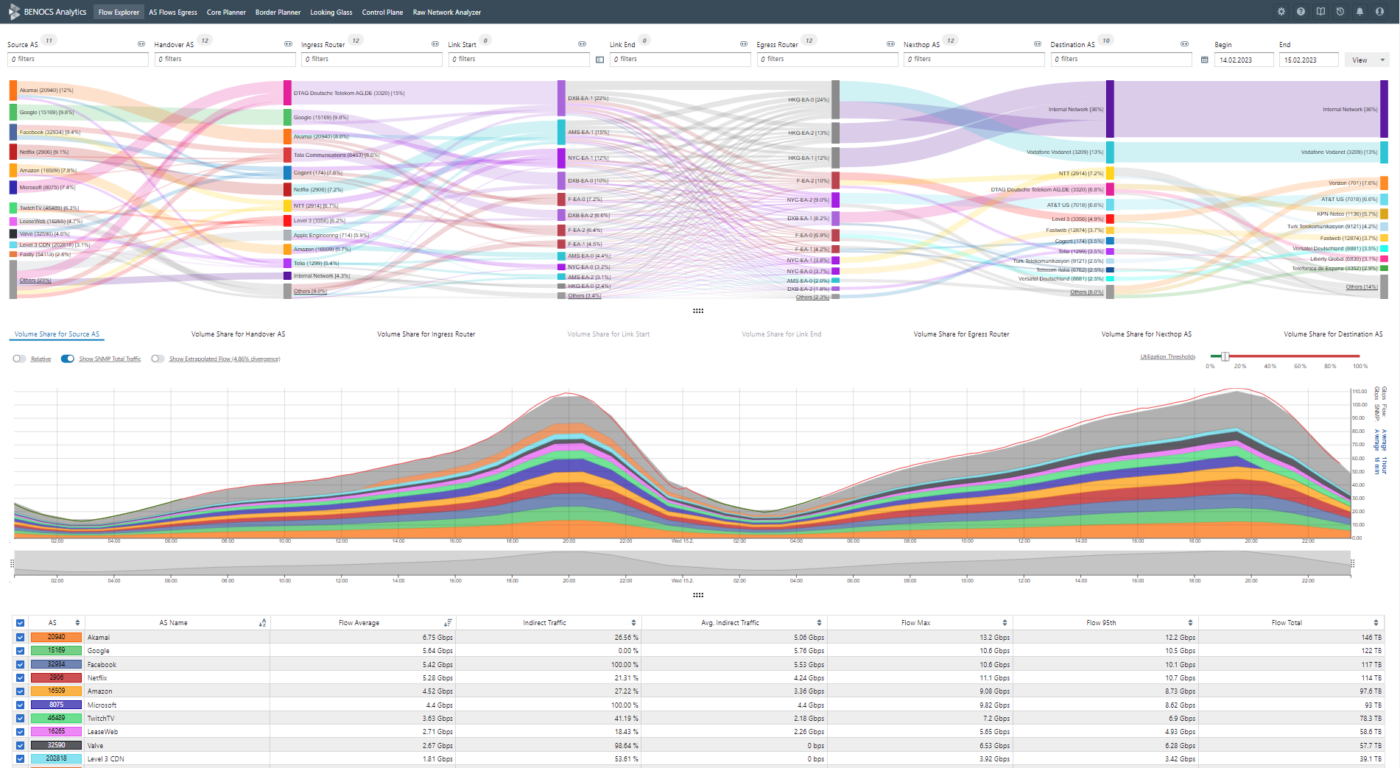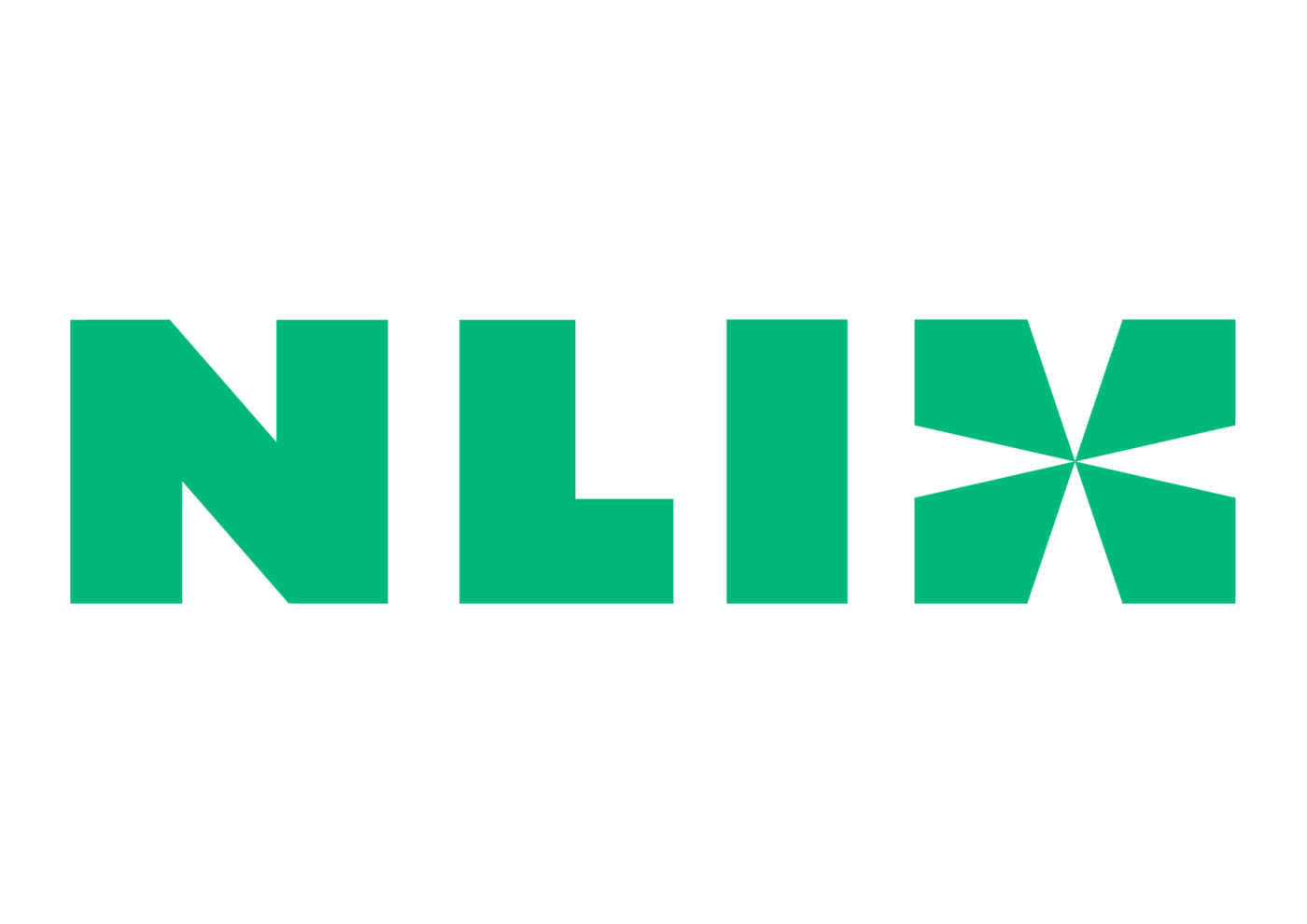Bonn, Germany – June 10, 2021 – Deutsche Telekom Global Carrier today announced the launch of its new IPX Navigator, which was developed as a collaboration with BENOCS – a spin-off of Deutsche Telekom. It is an IPX and data roaming monitoring solution that provides advanced end-to-end monitoring of IPX traffic flow in near real time.
IPX Navigator addresses a common problem for Mobile Network Operators (MNOs). They often work with multiple IPX providers for data roaming but are unable to see detailed analytics for their IPX traffic flow. The solution provides a high-level, easy to read visualization over a customizable dashboard. It shows complete data roaming traffic flows from all partner providers over one display.
Csaba Füzesi, Head of Product Management Voice & Mobile Services at Deutsche Telekom Global Carrier, said, “We want to help our clients fulfill their mission to provide better service. IPX Navigator empowers Mobile Network Operators connected to our IPX network. With end-to-end visibility they are able to improve management of IPX commercial agreements with data-driven decisions. And that in turn allows them to optimize their technical and commercial connectivity to the data roaming ecosystem.”
IPX Navigator works with a top-down approach, meaning the visualization first gives a complete overview of roaming traffic. That includes all retail and business customers the client has in their roaming environment. Then, by simply clicking on the image, it is possible to dive deeper for more detailed views. In this way, for example, more direct routes to a destination can be made visible for the first time. Data privacy and data security are assured throughout the entire IPX Navigator solution.
The highest level of visualization is user-friendly and easy to understand, even for those without a technical background in IPX Networks. “There are so many people involved when you operate a network, and to run it effectively, all should share the same language. That’s why we put usability and intuitiveness at the forefront of our design principles,” stated Stephan Schroeder, BENOCS CEO.
About Deutsche Telekom Global Carrier
Deutsche Telekom Global Carrier is the international wholesale division of Deutsche Telekom. We offer a comprehensive portfolio for all the needs of a rapidly transforming telco industry. With more than 25 years of experience in the international wholesale communication market, Deutsche Telekom Global Carrier offers next-generation platforms, extensive networks, a global backbone, 360 degrees of security, tailor-made solutions, worldwide connectivity, and much more. https://globalcarrier.telekom.com/
About BENOCS
BENOCS GmbH –a spin-off of Deutsche Telekom –is a small company with big plans to revolutionize the way network traffic is managed. Their intelligent and fully automated solutions fit networks of any size and provide ISPs as well as CDNs strategic ways of coping with growing network traffic. With BENOCS Analytics, network operators, transit- and wholesales carriers, Hosting and CDNs gain endto-end visibility of their entire traffic flows.










